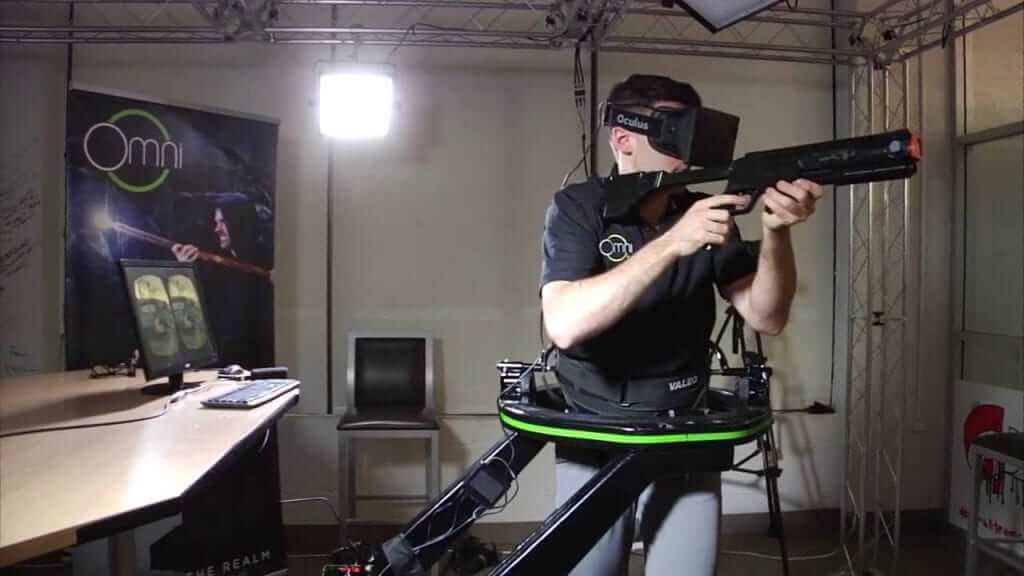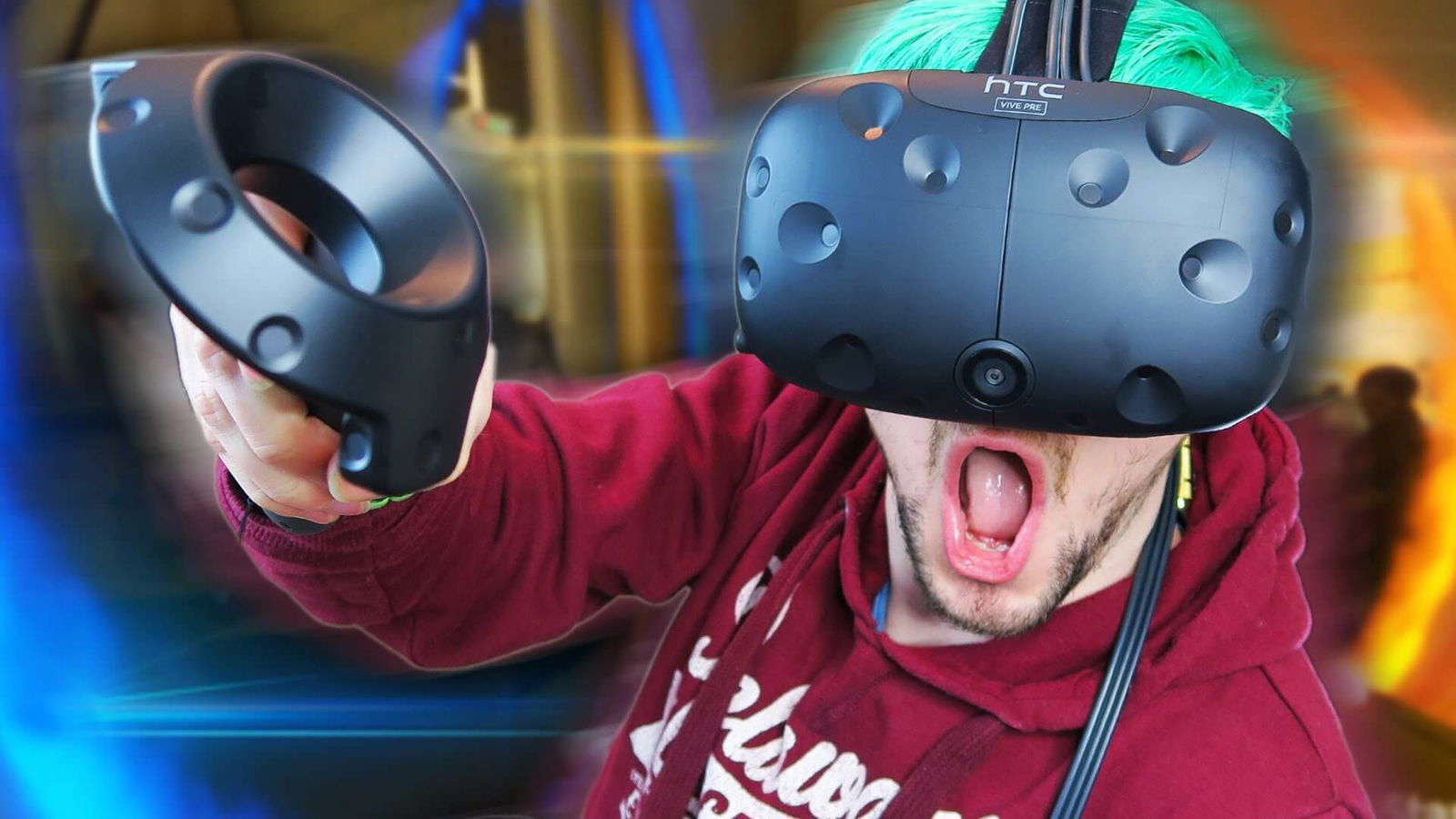Virtual reality has enjoyed a meteoric rise lately, with the Oculus Rift and HTC Vive dominating the headlines in both technological advancements and new gameplay mechanics. Steam even has a dedicated section for the fruits of the virtual reality tree now. But it is still very much still in its infancy – what does the future hold for this new peripheral and style of gaming?
The Genre Push for Virtual Reality
One of the things that virtual reality truly lends itself to, and is likely the primary reason for its surge in popularity, is the immersion aspect. While you could certainly use a virtual reality headset as a way to create a grand strategy game or a puzzler, it simply lends itself better to first person. For that reason, I suspect that should VR continue to increase in market share, we are going to see two things: more first-person-shooters and slashers, and older games being re-adapted to the new peripheral.
We are already starting to see this happen, in fact. Bethesda, for example, announced at E3 that they were soon going to be adapting the ever-popular Fallout 4 for use in virtual reality. We already see plenty of VR games coming from indie studios hoping to jump on the bandwagon while it’s still heading in the right direction, but this strong support from an incredibly popular developer spells a strong future for FPS games of all descriptions in virtual reality.

The Evolution of Movement
However, despite this support from young and old studios alike, there are still a number of issues that the Oculus Rift, HTC Vive and all their contemporaries have to conquer. One of the main ones is the question of how movement is going to work – particularly in regards to defeating motion sickness.
When controllers were first created (beyond the old school arcades), we saw myriad designs that all purported to be “the best” – from the N64 triple-handled contraption to the bulky simplicity of the
Virtual reality is going through a similar evolution, and we are seeing it do so before our very eyes. Have no doubt, some designs will certainly become the Betamax of our generation, but at the moment, we see all kinds of developers experiment with how movement works with the peripheral. It ranges from moving around your physical room to artificial movement akin to a controller, to teleportation and everything in between.
While artificial movement is certainly the most simple, it is also the most common cause of motion sickness. On the other hand, teleportation detracts a great deal from the immersion aspect of the game – imagine an open world game like Skyrim, but instead of walking and experiencing the world, you suddenly just jumped from place to place. For the time being, teleportation remains the gold standard so far for VR, but will it always hold that crown?
[embedyt] https://www.youtube.com/watch?v=p0YxzgQG2-E[/embedyt]
[gap height=”15″]
There is no clear cut answer as yet: All the current methods have their issues, ranging from bumping into physical objects and requiring a large playing room to making players throw up after playing for too long. There are some interesting developments out there, such as the omni-directional treadmill, but I suspect that the real innovation will be the thing that makes it possible to sit down, put on a headset and play just as most gamers do now. Not everybody has that much space to sacrifice – perhaps multiple movement options will be offered in future games, like the split between keyboard and controllers these days.
Either way, movement still remains one of the largest issues for virtual reality developers to overcome. To retain immersion and accessibility while eliminating motion sickness is a tall order, but the peripheral is still in its infancy: Plenty of trials are being performed right now in order to discover the right way to handle movement in virtual reality.
Virtual Combat
Combat is possibly one of the most interesting parts of virtual reality – particularly when paired with the new handheld controllers that allow close-to-reality interaction with the world. Shooting gallery games have already become wildly popular, giving players the ability to fight more naturally than ever before. Just over the horizon we have similar developments in first person slashers, so expect to see plenty of novel methods in sword-fighting crop up soon.
It’s incredibly exciting, but it faces the same issues as movement: not enough space. While virtual reality combat in something like Elite: Dangerous works extremely well because the player is already in the same position as the character (sitting down, joystick in hand), games where the player character is moving, jumping, dodging and crouching require a little more thought. Current iterations work well for skirmishes and duels and the like, situations that force to work in a smaller area without too much movement, but on large-scale battles, I can’t see it being quite as effective, if possible at all.

The issue is that virtual reality combat forces the assumption that the player is going to be staying relatively still, if using the physical movement method, or completely still, as using the pilot-seat method. It results in the partial death of player agency to an extent – virtual reality opens up so many possibilities in how we interact with the game world, but it eliminates freedom of movement. With so many large businesses and big names backing virtual reality, it is only a matter of time before some bright spark resolves these issues, but for the time being virtual reality offers a different, rather than a better, take on gaming.
What do you think the future will hold for virtual reality gaming? Does it have one at all? Let us know in the comments below, and remember to stay tuned to The Nerd Stash for all your comic, film and gaming needs.







